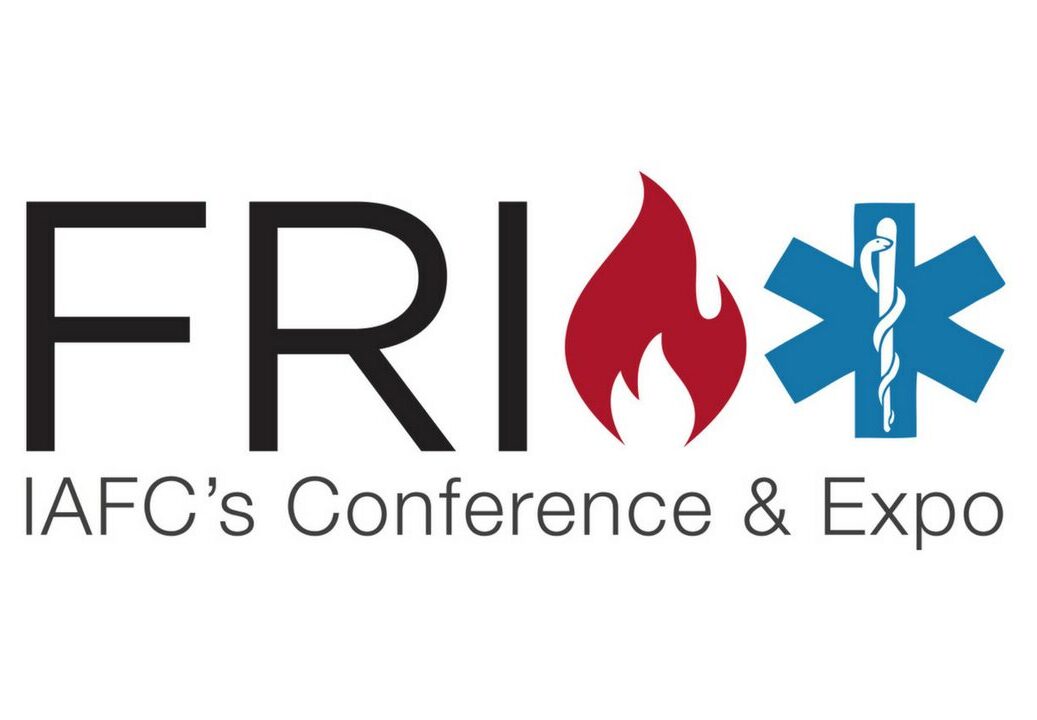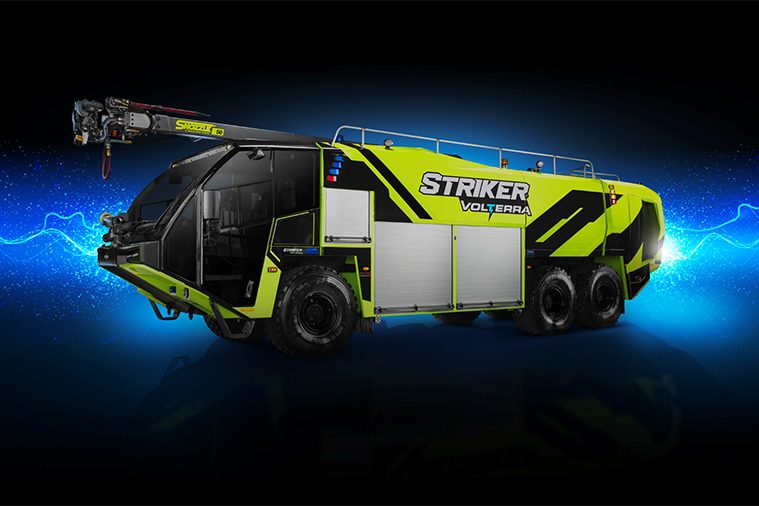As solar power rapidly expands within the global energy mix, its fire safety risks remain an often overlooked yet critical concern in the clean energy transition.
Unlike traditional infrastructure, solar installations are often decentralised, located in hard-to-access areas, and exposed to variable environmental conditions. These characteristics can make effective fire detection more challenging—especially when system complexity increases with scale and layout.
On rooftops, an overheating panel or faulty connector can generate smoke that enters HVAC systems, which typically supply fresh air to the building below. This can cause smoke detectors inside the building to trigger, even though the actual fire source is on the roof, delaying accurate detection and response. In greenfield sites, electrical fires can spark large-scale blazes, threatening not just equipment, but also nearby roads, wildlife, and local communities. Floating solar systems, now common on ponds and reservoirs, carry even more unique dangers. Water’s conductivity increases the risk of electrocution during fire events, while any toxic materials released can contaminate aquatic ecosystems and local water supplies.
All of these scenarios demand one thing: Early, accurate fire detection that adapts to the unique risks of each environment.
A Fast-Growing Sector with Emerging Risks
The rapid expansion of solar infrastructure worldwide has outpaced many of the safety systems designed to protect it. According to the International Energy Agency (IEA), nearly 75% of all new renewable energy capacity added globally in 2023 came from solar photovoltaic (PV) installations. This trend highlights solar’s increasingly central role in the global energy transition, and projections suggest even faster growth in the coming years.
While this development is promising from a sustainability standpoint, it also underscores a gap in fire safety planning and regulation. In many cases, particularly with rapidly constructed or remote solar farms, comprehensive fire risk assessments may be overlooked or insufficient—leaving installations more vulnerable to fire-related incidents. Detection technologies that work well in conventional settings often struggle in large, open, or water-based solar environments. As solar becomes more widespread, ensuring safety at scale becomes not just a technical requirement, but an environmental and operational imperative.
A Global Challenge, a Fibre Optic Solution
That was the challenge faced by a global food and beverage manufacturer in Thailand with five PV-equipped sites, including rooftops, a greenfield location, and a floating solar installation.
Traditional detection systems fell short. Short-range Linear Heat Detection technologies couldn’t provide the accuracy or coverage needed—especially for installations requiring up to 6 kilometers of monitoring per site including panel and cable tray protection. The customer needed something more precise, more robust, and more cost-effective over large distances.
The solution: Fibre optic Linear Heat Detection (LHD) technology from AP Sensing.
AP Sensing develops advanced fibre optic-based monitoring solutions for fire detection, power cable monitoring, and industrial asset protection. Headquartered in Germany, the company combines decades of innovation in optical measurement technology with a commitment to long-term system reliability and customer support…
Read the full article in our latest issue which you can view here.
Never miss a story… Follow us on:
LinkedIn: International Fire Buyer
Twitter (X): @Firebuyer
YouTube: @FireBuyerTV
Media Contact
Rebecca Spayne, Managing Editor, International Fire Buyer
Tel: +44 (0) 1622 823 920
Email: [email protected]




































